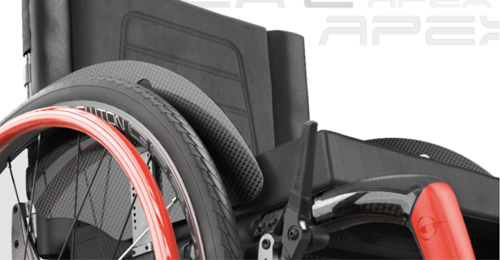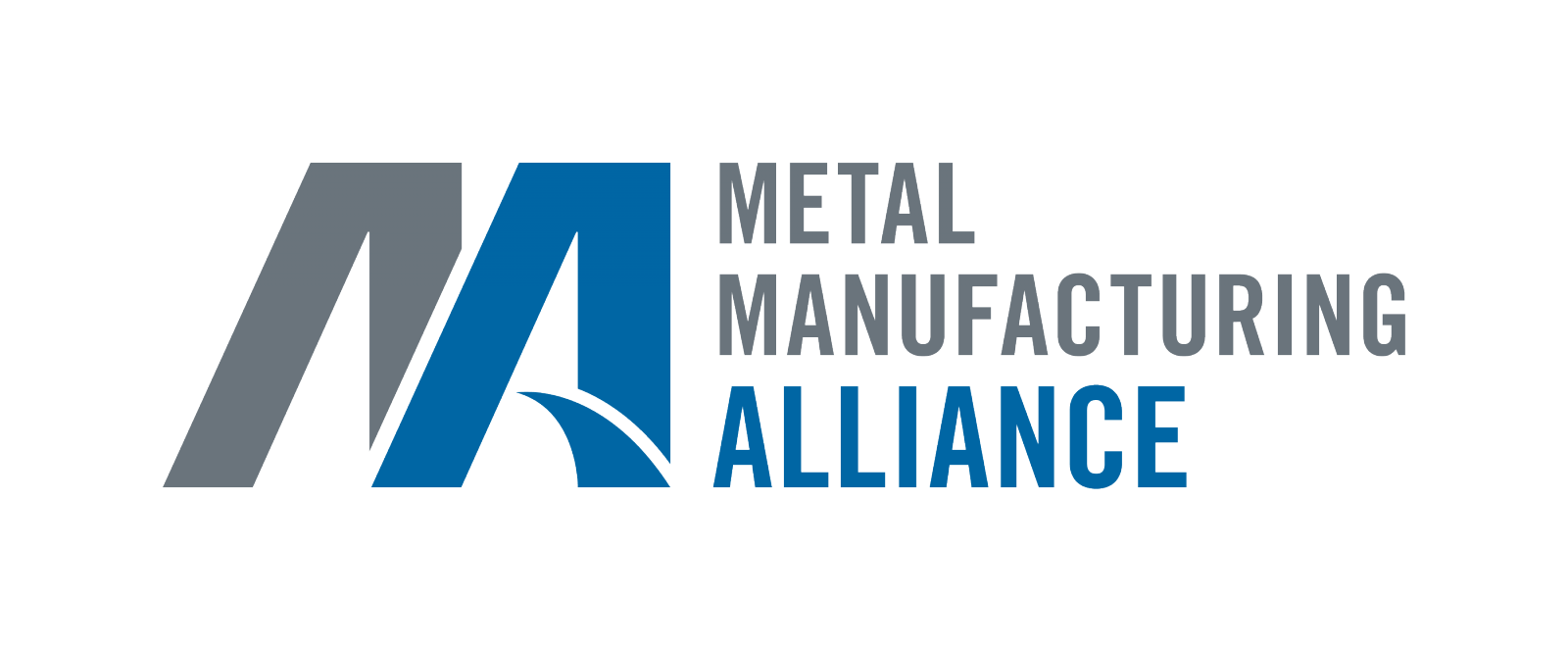
User feedback is critical to Motion Composites’ success in creating efficient and well-design wheelchairs. We could even say that it’s one of our primary drivers when building a product that will meet the needs of users well into the future.
We see the ever-growing Motion Composites’ community as a great source of inspiration in our work.
User feedback is critical to Motion Composites’ success in creating efficient and well-design wheelchairs. We could even say that it’s one of our primary drivers when building a product that will meet the needs of users well into the future. We see the ever-growing Motion Composites’ community as a great source of inspiration in our work.
In his own words, Todd Richardson brings us a user’s perspective in using the APEX Carbon as well as his insight as an Assistive Technology Professional (ATP). Todd also recently joined the Motion Composites team as Regional Sales manager for the Eastern & South-Central USA regions.
We’ve also included a transcript of the session below :
Hey guys, it’s really nice to get to address to everybody, I have not done that before. And for those of you that heard a little bit of my perspectives, stories or ravings about the carbon Apex, just pace with me for a minute.
You know, I’ve started out; I grew up racing motocross as a kid in upstate New York, raced for 10 years. It was my absolute passion my entire life. I lived, breathed and slept it. I was a kid and I was lucky to be racing. I didn’t have a lot of money to just go out and buy a practice bike or race bike and maybe four bikes a year to keep everything fresh. I got one bike a year, which I was lucky to have and grateful to have. And I did not have the money to put modified parts on it and all the expensive stuff. So, the set up and the details in setting up my motocross bike, became extremely important. Setting up the suspension right, getting everything I could out of the stock motor, making the bike easier to ride and just putting a lot of work into it. So, that kind of gave me my base of how I go about things mechanically and technically.
I broke my back in 1987, just out practicing and training, and life took a dramatic turn from that moment forward. I did 4 weeks at that time which was unheard of short in rehab because I was the impossible patient wanted to get home with my buddies and get back to life and the whole thing. I left the hospital in a Quickie 2 with mag wheels, airless inserts, 8in casters, armrests, high push wheel locks, every nightmare that you can imagine for a 22 years old young guy, that was trying to maintain a really active lifestyle and any form of life that I known before and just try to transition in a chair.
I was in a dealer shop buying my fourth or fifth 8 inches caster and I was not happy to even be there doing that. And this young suave guy came out of the shadow named Marty Ball and he was repping I believe Kushal and he asked me if I ever tried a rigid frame. I really wasn’t interested but he was such a nice guy and persistent, I was like, ok I will try your chair. And literally it changed my perspective from being strong, athletic, nimble, physically accomplished. I felt none of those in my Quickie 2 and immediately felt that in a rigid frame chair that fit reasonably well. It was amazing how it changed my life.
So, I got in in this industry shortly after that, based on that just how much it changed my life, I’ll never forgot that feeling and I was going to kick out of changing our client’s perspective like that. I went on and always have been privileged to have the best chairs for the time period at my disposal. I’ve been in great chairs. The last of which, before my Apex Carbon was a ZR that I’ve been dialed in to I wouldn’t change a thing anymore about it. It is dialed in as it was going to get, fantastic chair, I think they had a great product.
So, when I started with you guys, I had this one little piece of commitment that was a little extra and that’s being in our chair every single moment of my life. I’m not a believer of jumping into my TiLite ZR for most of the time and then showing up at a show or rehab in an APEX Carbon. If you can’t live it, then don’t try to represent it like that.
So, the chair showed up one day and I set it up one night, I kind of got to know it slowly on the couch and I looked at it, checked it out put piece by piece, Spinergy wheels on it, I put my ADI back on it and try it out briefly in the house that night and I was really shock how good it felt. I couldn’t wait to go outside the next day to try it out.
At the end of the workday the next day, I went outside, I’ve got a little route that I do in the neighborhood, it’s a real demanding course for a chair, it got some sidewalk in it with all different level plates and broken pavement. Pavement in South Carolina is real granular to put it politely, it’s a very rough pavement and very hilly, very short climbs and some long falls flats. So, I went on this route just to see what is going to be right before dark. I had never got along that route easier in my life. This is after, I hadn’t trained in a month or went outside really with my street chair, so, I wasn’t at a level of fitness to say the least. It shocked me how different it was. I think as an ATP, I could feel the carbon right away and I expected that; I expected a smoother ride on a granular pavement and it certainly delivered on that. But it was so much better, and it was really frustrating for me as an ATP to not be able to figure out and pinpoint exactly why it’s better.
I even called the guy that I trained when I left the dealership where I’ve worked for 24 years who is in our APEX Carbon and told me how good it was before me getting one. I said you weren’t kidding and why do you think this is, I can’t pinpoint it. We both couldn’t, other then all those little details in manufacturing are so important: the quality of a clamp being a real tight tolerance to begin with. The quality of the fasteners, bolts, the execution, the materials and the attention to the details for how it’s assembled.
I think it’s a combination of the ATP specking a quality chair, the manufacturer providing a quality chair and then the set up at the delivery. All those things, if you guys kind of compare it to bank account, at the end of the year, if you look at your account you have a bunch of deposits and withdrawals on that. When everything is done right and like the center of gravity adjustment nailed it. It’s a deposit. It goes on the positive side. Back angle and height: nailed that, it’s a deposit. Caster journal if it’s not perfectly squared: that’s a withdrawal and it’s going to take away from that overall package. So all those little details that we do right in manufacturing and the whole picture of all of our persons specking wheelchair and setting them up right, it makes a massive difference.
It’s hard for me to explain the difference between coming from the chair I started in and were I am Today in an Apex Carbon. It is absolutely completely different paradigms. So, wheelchair is not a wheelchair and I think we all know that, and I think we are all on the same page on that.
Cody Verrett:
Todd it’s been great. I appreciate you giving this perspective to everyone and I just had a couple of quick questions.
From the standpoint of transfers the APEX Carbon vs the ZR that you came out of. What would you say are the difference is ?
Todd Richardson:
Transfer as just physically transferring into and out of the chair ?
C.V.:
Yes, and like getting in and out of your car would you say that it’s a bit lighter or it’s about the same ?
T.R.:
It’s actually slightly heavier than my ZR. My ZR was minimized to a point where I literally had nothing on it. I don’t use wheel locks.
So it’s slightly heavier but the way the chair’s set up, the way it performs, the weight does not translate to the performance side of it at all. The rubber grip is really nice on the actual physical, the rubber grip is really nice to be able to hold on to that.
C.V.:
How about the ride ?
T.R.:
There’s no comparison. The carbon is so much smoother… I didn’t think it would be that dramatic. I mean there is a big difference between aluminum and titanium. The aluminum is really harsh. Titanium takes a lot of that away. But the carbon takes a significant amount away even from the titanium. So it was really surprising to me on how good this chair rode.
Because I hadn’t been in a fully adjustable boxed stock, off the shelf chair in at least 25-27 years. So it was an intimidating prospect in the beginning and I was sweating that one a little bit guys but when I got in it… I was really impressed !
C.V.:
So after 120 days in the chair would you ever go back ?
T.R.:
No… I love this chair. I love carbon.
ABOUT MOTION COMPOSITES
Motion Composites has an international reputation as a leader in the design and manufacture of ultralight manual wheelchairs.
.jpg)




